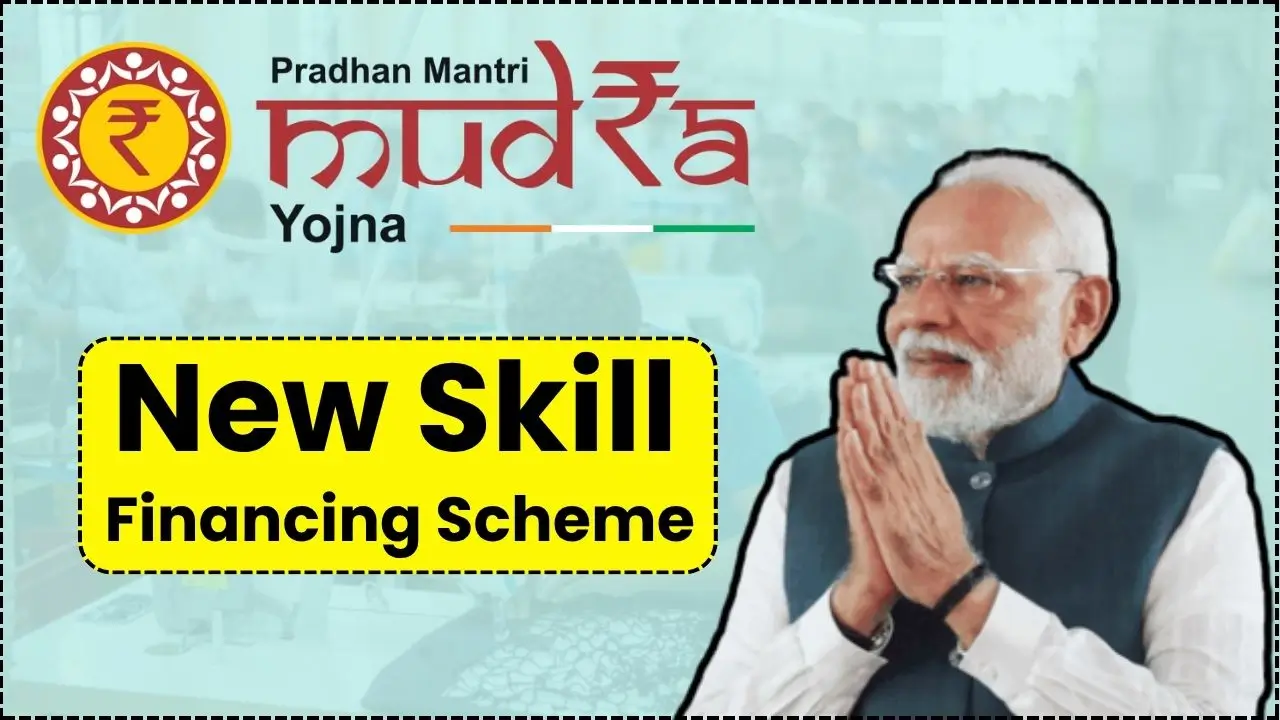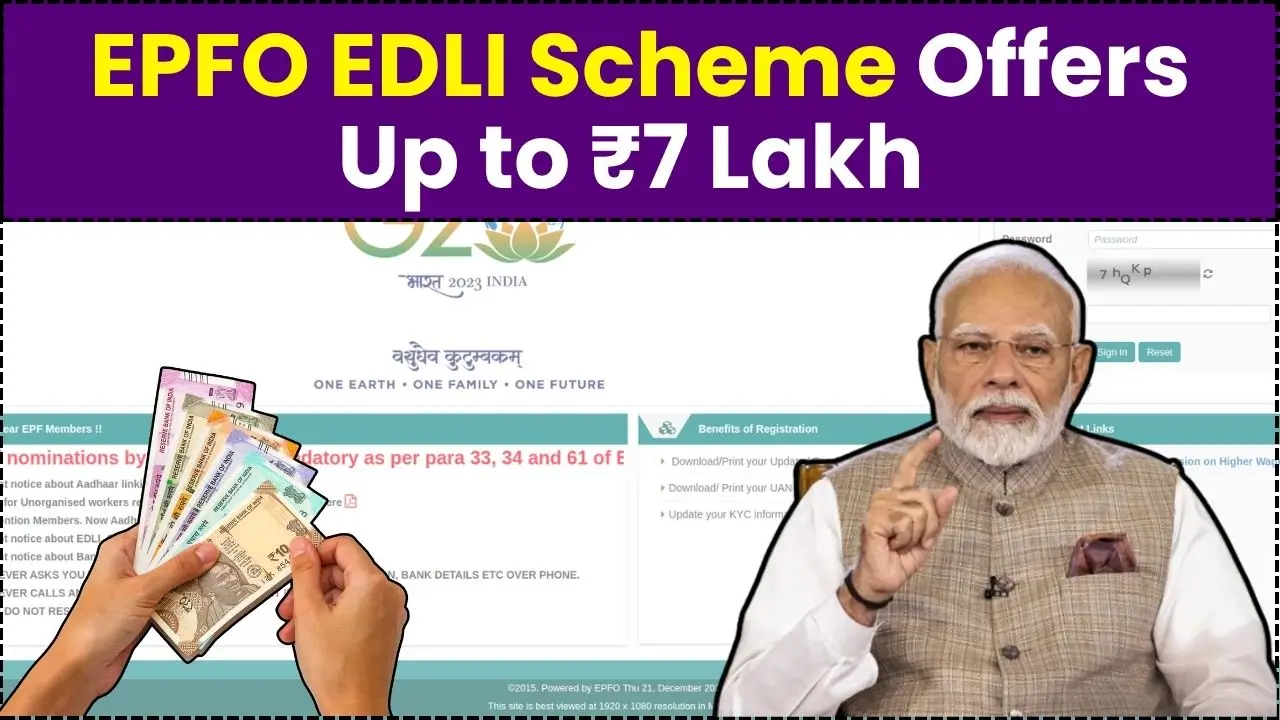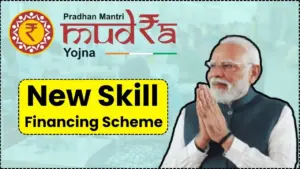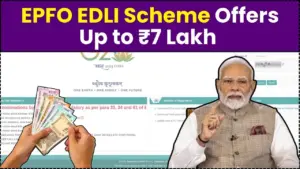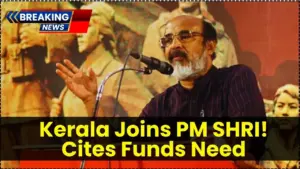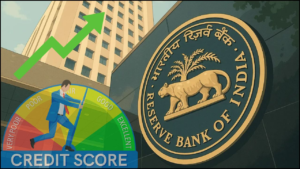Kerala joined the PM SHRI scheme for one pragmatic reason: to access central funds that had been held back when the state refused to sign earlier. The leadership, including T. M. Thomas Isaac, underscores that curriculum autonomy remains intact even as the state taps allocations it considers a rightful share. When Kerala finally signed on to the PM SHRI scheme, it wasn’t a change of heart it was a hard-nosed fiscal call. As Thomas Isaac put it, the state moved to secure central funds that had been withheld, while keeping its curriculum and academic autonomy squarely under Kerala’s control.
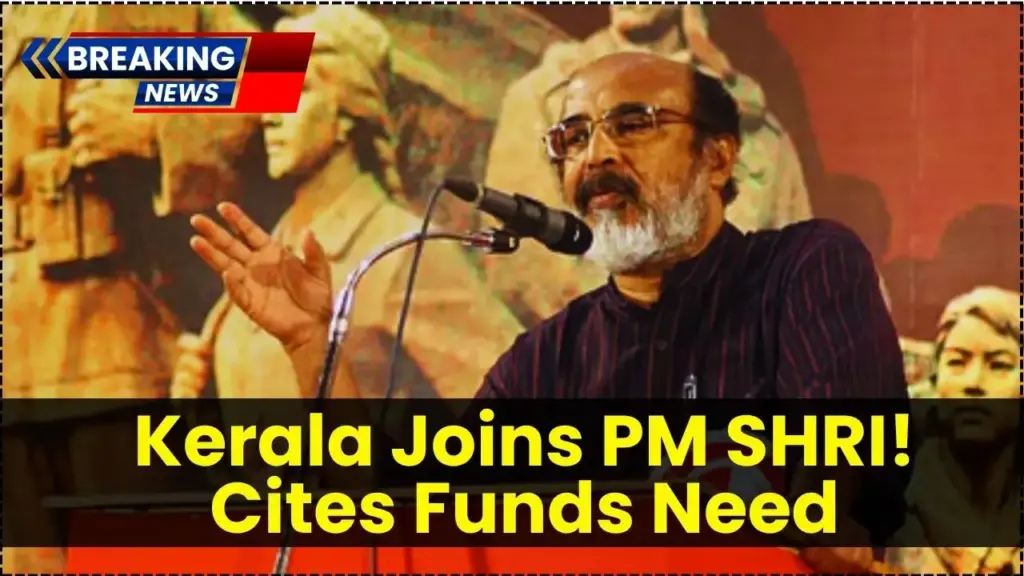
Kerala positions PM SHRI as a financing conduit, not a policy concession. The state clarifies that selection, curriculum, textbooks, and pedagogy remain under SCERT and state law, while PM SHRI funds are used to augment infrastructure and quality standards in select schools.
Kerala Joined PM SHRI Scheme
| Key Aspect | Details |
|---|---|
| Why the Shift | Central education funds were reportedly linked to the PM SHRI MoU; signing aimed to restore disrupted flows. |
| What Kerala Claims | PM SHRI is a funding route; no adoption of NEP in state-run systems; curriculum remains under SCERT. |
| Thomas Isaac’s Line | The step is to access taxpayer-funded central resources that are due to the state, not a political concession. |
| Scheme Scope | PM SHRI targets model schools across India over five years with shared Centre–state financing. |
| Per-School Support | Approximate multi-year grant per selected school; treated as a top-up to existing state-led upgrades. |
| Political Pushback | Objections from coalition voices and opposition alleging ideological compromise. |
| Curriculum Stance | No syllabus changes due to the MoU; academic control remains with the state bodies. |
| Funding Stakes | Extended freezes risk multi-year losses and school-level strain; signing mitigates fiscal stress. |
Kerala’s choice to sign the PM SHRI MoU is best read as a calculated safeguard for its public education system rather than an ideological pivot. The state’s message is consistent: unlock withheld central funds, keep classrooms running smoothly, and ring-fence curriculum autonomy through SCERT and state law. In practice, that means using PM SHRI as financial scaffolding while refusing any backdoor shift to frameworks Kerala doesn’t endorse.
Why Kerala Moved Now
The decision was driven by funding stability for government schools. With operational needs and interventions depending on predictable releases, the state judged that refusing the MoU would damage classrooms without yielding policy leverage.
What PM SHRI Brings and What It Doesn’t
PM SHRI designates select existing schools as model campuses with targeted investments in infrastructure and quality metrics. The unit-level outlay is modest in Kerala’s context, so the program functions as an incremental support rather than a system-defining reform and it does not alter the state’s curriculum or pedagogy.
The Autonomy Argument
Kerala roots its stance in federal balance: education is a concurrent subject, but curricular authority and textbook decisions sit with SCERT and state frameworks. The MoU is framed as a financial mechanism that does not concede constitutional or ideological ground.
Political Fault Lines and Public Messaging
Criticism from opposition parties and some coalition figures centers on fears of ideological drift. The government’s response is consistent: the decision is tactical and time-bound; textbook content and pedagogy will not be aligned to frameworks the state does not accept.
Funding Stakes and Classroom Impact
If central releases remain contingent, multi-year gaps can undermine teacher support, inclusion programs, and maintenance. By restoring flows, Kerala aims to stabilize school operations while continuing its own capital and quality initiatives.
Clarifying the Dual-System Concern
Concerns about a two-track system PM SHRI schools versus others are addressed by asserting uniform curricular control through SCERT. Implementation is to be ring-fenced by state oversight so there is no stealth alignment with external content.
What to Watch Next
Execution will decide outcomes: school selection criteria, MoU clauses, SCERT approvals, audits, and transparent reporting. Public disclosures and clear guardrails can demonstrate that financing and pedagogy remain in separate lanes. Kerala Joined PM SHRI Scheme Just to Access Central Funds, Says Thomas Isaac—while placing clear guardrails to preserve curriculum autonomy and treat the scheme as a fiscal tool, not a policy template.
The political noise will continue, but the practical test lies ahead—in transparent school selection, explicit guardrails in implementation, and periodic audits that keep pedagogy separate from funding. If those pieces hold, Kerala can stabilize critical spending on infrastructure and inclusion without compromising its secular, student-first curriculum. In that sense, the move aligns with a broader governance principle: take every rupee owed to the state’s children, and let academic control remain exactly where the Constitution and Kerala’s policies place it.
FAQs on Kerala Joined PM SHRI Scheme
Why Did Kerala Sign PM SHRI After Opposing It?
To restore access to central funds while protecting curriculum autonomy and rejecting NEP adoption in state-run schools.
Will Kerala Change Its Syllabus Because of PM SHRI?
No. SCERT retains authority over curriculum, textbooks, and pedagogy.
Does PM SHRI Force NEP Adoption in Kerala?
No. The MoU is treated as a funding framework, not a policy mandate.
How Much Money Does PM SHRI Provide per School?
A modest multi-year amount per selected school, used to augment infrastructure and quality parameters.
Can PM SHRI Create a Two-Track System in the State?
The state says no, because curriculum remains uniform under SCERT oversight and implementation guardrails.
Why did Kerala join the PM SHRI scheme after opposing it earlier?
Kerala framed the move as a fiscal decision to restore central education funds while retaining full control over curriculum and textbooks through SCERT and state law.
Does signing the PM SHRI MoU mean Kerala will implement NEP 2020?
No. The state maintains that PM SHRI is a funding and infrastructure framework; curriculum decisions remain with Kerala, and NEP-linked content won’t be adopted unless approved by state authorities.
Can Kerala exit the scheme if terms conflict with state policy?
States can reassess participation. Kerala has indicated it will enforce clear guardrails, and it can step back if scheme requirements contradict state law or curriculum autonomy.
Will PM SHRI change textbooks or classroom content in Kerala?
Textbook development, approvals, and pedagogy stay under the state’s academic bodies. PM SHRI participation does not automatically alter content in Kerala classrooms.

